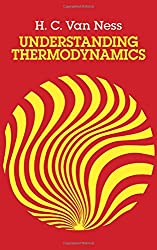
Rating: 7.3/10.
Book about child language acquisition by a Yale linguistics professor and researcher in the area. Each chapter talks about a different areas of linguistics (eg: phonology, morphology, syntax) and how children acquire it. There’s a lot that we don’t understand about the language acquisition process, but it seems to be very efficient and robust: you just have to speak to your child normally, and he will acquire the language 100% of the time, it’s not required to speak simplified sentences or correct their mistakes.
In the syntax chapters, the author adheres to the generative syntax framework, and assumes that children have an innate universal grammar with language-specific parameters (eg: whether the language is pro-drop) through data. The child is flexible to all syntax parameters but narrows it down to specific parameters. This generative theory has gone through some criticism and many linguists believe children learn constructions rather than parameters in a universal grammar framework, but this book doesn’t go into this debate at all.
It was interesting to see the author try to explain technical linguistics ideas in layman terms by replacing technical terms with intuitive ones (eg: “No Nephews Principle” instead of “Condition C of Binding Theory”). A lot of the book covered things I already knew, especially the background about linguistics, but the parts about child language acquisition was more new to me. The last chapter feels questionable, the author makes some strong claims of the superiority of German syntax over English because of the V2 word order.



